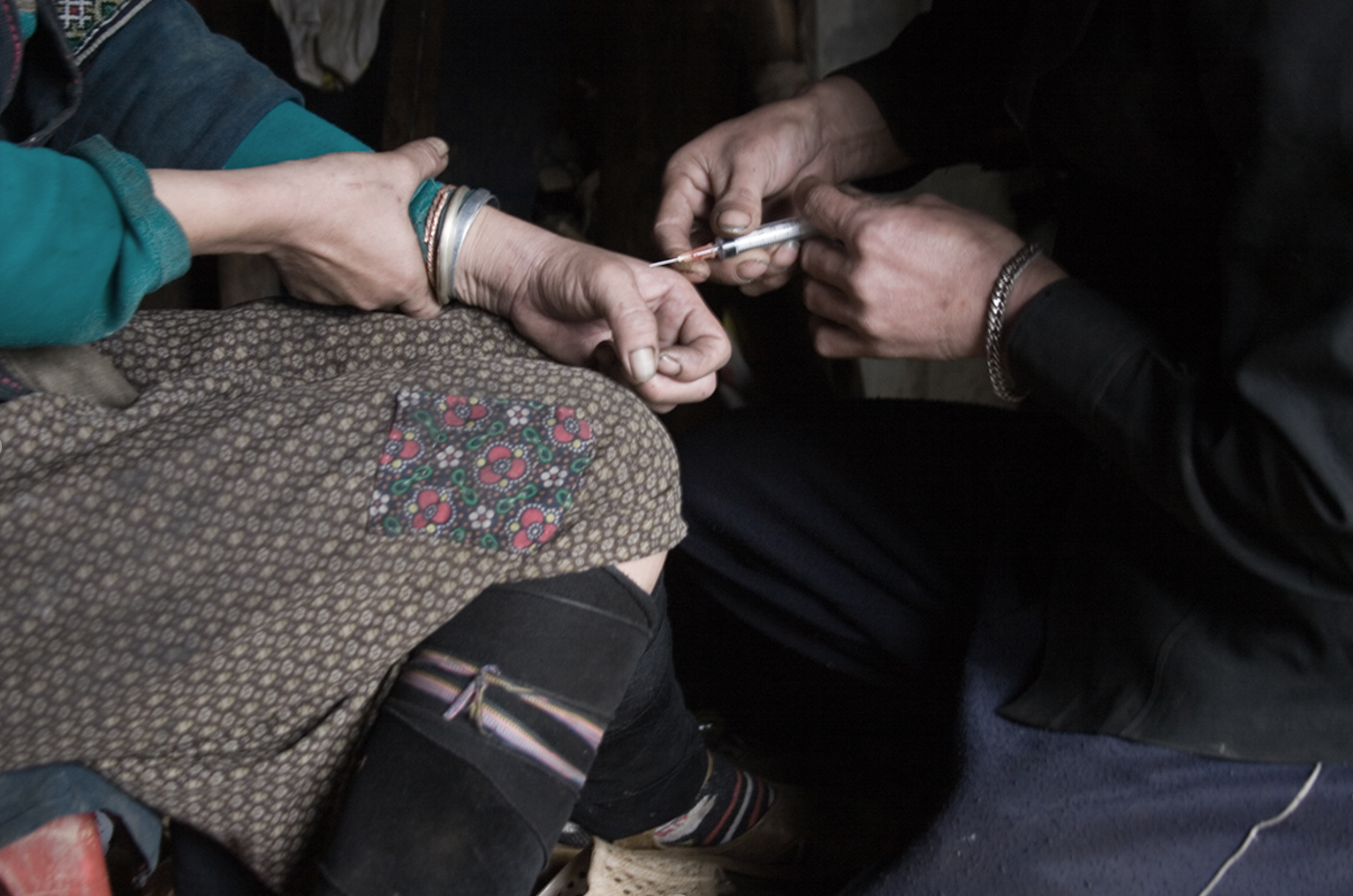Everyone knows the stereotype of a heroin addict. A slumped over white guy, with little aspiration or hope. But as the opioid epidemic continues to grow, a lot of us are reckoning with an increasingly undeniable truth- that is not actually what opiate addicts look like. Or not most of them, anyways.
“When my addiction was the worst, I was doing the best in my career I had ever done. I was only 22 years old, making 70,000 dollars a year. To a lot of people, I looked totally fine,” says ex heroin addict Mitch.
“But I wasn’t. I never had less than two bundles (each bundle has approximately 1-1.5 grams of heroin in it, a collection of 10 bags, varying some state to state) on me at all times. I’d spend all night blowing up my dealer’s phone and then spend hours driving to buy a brick (5 bundles, or 50 bags), which would only last me two days max. I was so physically addicted. I did whatever I could to ward off opiate withdrawal, but it happened so often. I would get so sick and need so much suboxone and xanax and weed to even begin to feel okay.”
All this was happening while Mitch was an account manager at a major software sales company.
“I went to work everyday, unless I was withdrawing too bad. I paid my rent for my beautiful apartment. I socialized. I dated and had sex. I talked with my family. Just during all of it I had a terrible fucking secret- I was injecting heroin into my arm every day, all the time.”
Mitch had a good upbringing- loving parents, private schools, college, opportunity- but he said something was always missing.
“I always felt uncomfortable. Kids made fun of me for being fat my whole life. When I first had a drink, I was like oh my god, I can relax. Then it became weed. Then bars. And then opiates and that was it, man.”
Mitch highlights a common theme with addicts- the overly sensitive reaction to drugs. This- not socioeconomic status, gender, ethnicity, or family status- is what all addicts have in common. The way Mitch reacted is the way many addicts describe reacting to their first experiences with drugs and alcohol. Many studies have shown the way an addict’s brain lights up when given a drug, in comparison to how an unafflicted brain’s acts. This disparity reflects the different way in which addicts perceive drugs. The way in which addicts experience a drug can be separated into three parts which include craving for the substance, loss of control over use of substance and continued of addictive substance. Brain imaging highlights the initial difference of craving that sets in when an addict has taken a drug- but not when an unafflicted person has.
While many seek to categorize addicts based on personality disorders, neuroses, mal-adjustment or traumatic backgrounds, the fact of the matter is that the way one responds to drugs or alcohol is what makes them an addict. Though certain groups are more predisposed to addiction, we can’t definitively say they are what an addict looks like. This is because no group is immune to the horrors of opioid addiction.
Opioid addiction takes root in a number of ways. Of course, we all know the narrative of the dope fiend thug, but not only is that image harmful, it’s pretty untrue. Thousands of americans have gotten hooked on, or from, completely legal opioid medications. For years, doctors offices and pain management clinics have served as pill mills. Many doctors know what they are doing and willingly prescribe unnecessary medication, for the right price, of course. Many addicts began their plight via even just one prescription bottle of opioids, legally obtained after a surgery or operation.
College also can serve as experimental grounds for opioids. Many addicts, including Mitch, cite college as the first place where they tried opioids. And while it often begins with prescription painkillers, especially in wealthier settings, it often escalates to heroin once physical addiction sets in.
With that said, there really is no one addict. Addicts come in all shapes and sizes, and our stereotype of a typical user or addict really serves no one. In fact, a lot of our prejudice is to blame for a lack of effective policy and change in the wake of the opioid crisis. Once we can begin to acknowledge those struggling with opioid addiction as our brothers, our sisters, our friends- we can begin to fight for them.
If you are searching for an ally that will fight for you, look no further than opiates.net. We have an extensive wealth of heroin detox centers and opiate addiction treatment centers that will fight for you and your loved one.


